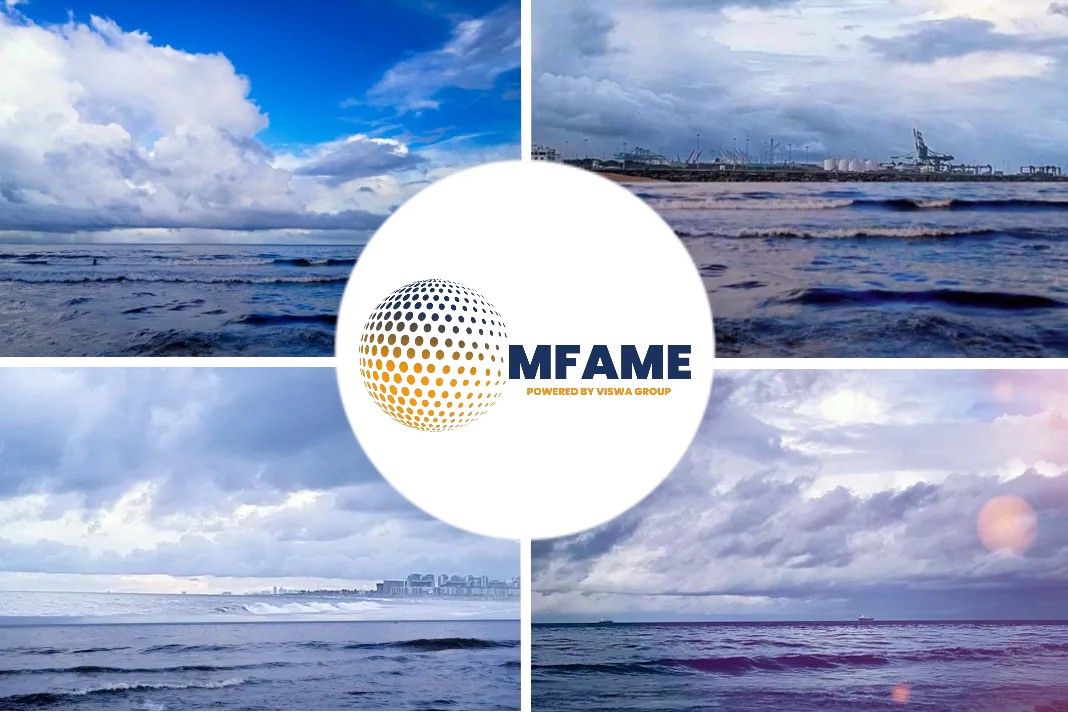- The 73rd session of the MEPC discussed the 2020 sulphur cap and decided on individual ship implementation plans.
- By this circular, the IMO encourages flagged vessels to make their own plans.
- Port authorities will take account of the SIP which isn’t mandatory and absence of it wouldn’t lead to a PSC Deficiency.
- SIPs should include bunker system modifications, fuel oil capacity, and segregation capability, risk management, procurement of compliant fuel etc.
The implementation of the 2020 Global Sulphur Cap Regulation has become a primary concern lately, and to counter the IMO hold a meeting in late October last year.
This is what they formulated in the meeting. A thorough plan of action that precedes its cause and necessity.
Ships to Prepare Implementation Plans
IMO’s Marine Environment Protection Committee (MEPC), during its seventy-third session (22-26 October 2018) agreed that Administrations should encourage ships flying their flag to develop implementation plans, outlining how the ship may prepare in order to comply with the required sulphur content limit of 0.5% by 1 January 2020.
Consequently, attached guidance (MEPC.1/Circ.878) on the development of a Ship Implementation Plan (SIP) for the consistent implementation of the global sulphur cap under Marpol Annex VI was issued.
Authorities to Take Account of Plans
Administrations and Port State Control authorities, under Regulation 18.2.3 of MARPOL Annex VI, may take into account the implementation plan when verifying compliance with the 0.5% sulphur limit requirement.
However, as SIP is not a mandatory requirement, its absence or incorrect entries should not form the basis for a PSC deficiency.
How does it help shipowners?
The SIP can be helpful for the ship owners and operators when planning and demonstrating the actions taken by their ships to ensure compliance by the applicable date.
What should be included in SIP?
The SIP could cover various items relevant for the specific ship, including, as appropriate, but not limited to:
- risk assessment and mitigation plan (impact of new fuels)
- fuel oil system modifications and tank cleaning (if needed)
- fuel oil capacity and segregation capability
- procurement of compliant fuel
fuel oil changeover plan (conventional residual fuel oils to 0.5% sulphur compliant fuel oil) - documentation and reporting.
The plan could be complemented with a record of actions taken by the ship in order to be compliant, which would serve to facilitate the documentation check by inspectors.
Did you subscribe for our daily newsletter?
It’s Free! Click here to Subscribe!
Source: Standard Club
















